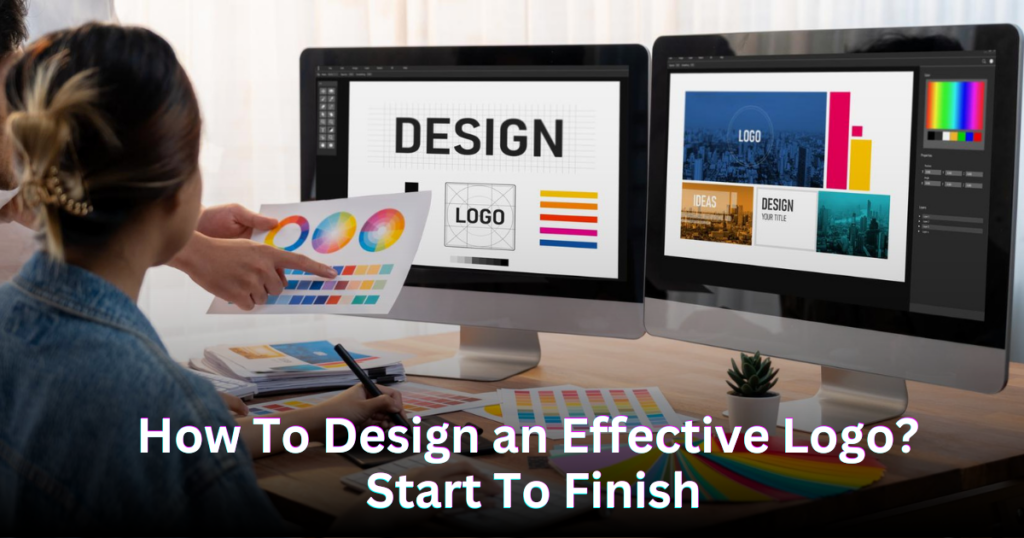
Steps You Need to Know to Design An Effective Logo
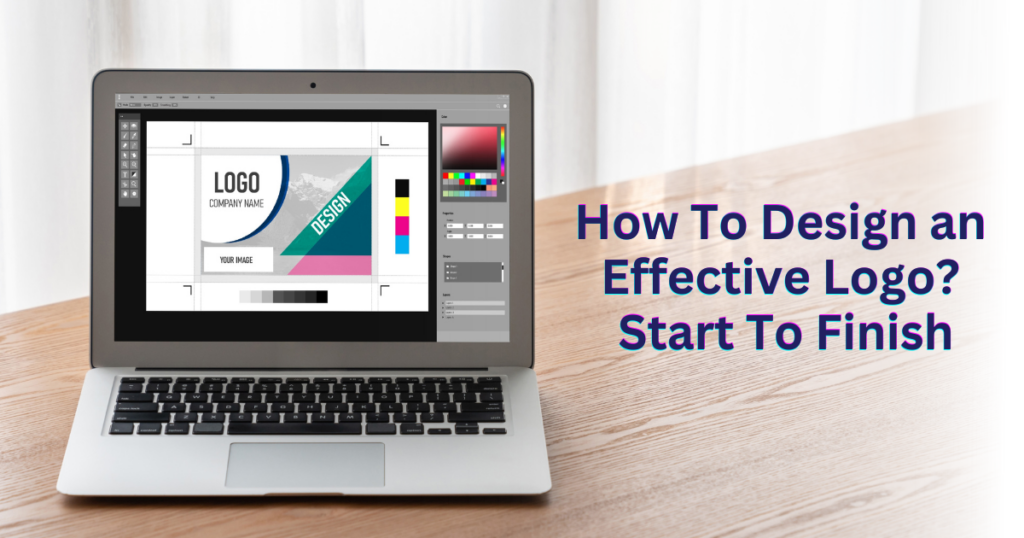
In today’s visually driven world, a logo is more than just a symbol. It is a powerful tool that represents your brand and communicates its essence to the world.
Whether you’re a seasoned designer or a business owner looking to create a logo for your company, understanding the principles of effective logo design is crucial.
In this blog, we will take you through the process of designing an effective logo from start to finish, ensuring that your brand’s visual identity stands out and leaves a lasting impression.
The Importance of a Strong Logo
Let’s first understand why a strong logo is so important for your brand!
1. Brand Recognition
Your logo is the face of your brand. It’s the first thing people see, and it’s what they remember. A well-designed logo helps your brand stand out in a crowded marketplace and builds recognition among your target audience.
2. Trust and Credibility
A professionally designed logo conveys trust and credibility. It suggests that your brand is established and reputable, which can be a deciding factor for potential customers when choosing between your products or services and those of your competitors.
3. Memorability
An effective logo is memorable. It should be simple enough to stick in people’s minds, making it easier for them to recall your brand when they’re ready to make a purchase.
4. Versatility
A good logo is versatile and works across various mediums and applications, from business cards and websites to billboards and social media profiles. It should maintain its integrity and impact regardless of its size or placement.
THE LOGO DESIGN PROCESS – STEP-BY-STEP
Now that we’ve established the importance of a strong logo, let’s break down the logo design process into a series of steps to guide you from concept to completion.
Step 1: Define Your Brand Identity
Before you even think about sketching a logo, you need a clear understanding of your brand’s identity. What are your brand’s values, mission, and personality? Who is your target audience? What sets you apart from competitors? Gather this information to inform your design choices.
Step 2: Research and Inspiration
Once you have a solid understanding of your brand, research your industry, competitors, and design trends. Explore what works and what doesn’t in your field.
Create a mood board of images, colours, and fonts that resonate with your brand’s essence. This will serve as a source of inspiration for your logo design.
Step 3: Sketching and Conceptualizing
Now it’s time to put pen to paper or stylus to tablet and start sketching out logo ideas. Don’t worry about perfection at this stage; focus on generating a variety of concepts. Experiment with different shapes, symbols, and typography to visualize how your brand identity can be represented.
Step 4: Digitalization
Once you have a few promising sketches, it’s time to bring them into the digital realm. Using vector graphics software like Adobe Illustrator, refine your chosen sketches and start creating digital versions of your logo concepts. Pay attention to scalability, ensuring your logo looks good both large and small.
Step 5: Simplicity is Key
One of the golden rules of logo design is simplicity. A simple logo is easier to recognize and remember. Avoid clutter and excessive detail. Streamline your design to its essential elements, focusing on clarity and impact.
Step 6: Colour Selection
Colour plays a significant role in logo design. Different colours evoke different emotions and can convey specific messages.
Consider your brand’s personality and target audience when choosing colours. Limit your colour palette to a few well-chosen hues to maintain consistency and versatility.
Step 7: Typography Matters
Selecting the right typography (font) is crucial. The font you choose should align with your brand’s personality and be legible in all sizes. Custom typefaces can give your logo a unique touch but be mindful of readability.
Step 8: Test for Versatility
Before finalizing your logo, test it across various applications and backgrounds. Ensure it looks good in black and white as well as colour. Assess how it appears on different materials, from business cards to websites.
Step 9: Get Feedback
Don’t be afraid to seek feedback from peers, colleagues, or focus groups. Fresh perspectives can help identify potential issues or areas for improvement. Be open to constructive criticism and be willing to make necessary adjustments.
Step 10: Finalize and Protect
Once you’ve refined your logo and received positive feedback, it’s time to finalize it. Ensure you have high-quality files in various formats (AI, EPS, PNG, etc.) for different purposes. Consider trademarking your logo to protect it legally.
Singlebag:
Singlebag is a SaaS-based company that provides software for businesses that host their store online. It is not as simple as it sounds.
Just by making your own online store, Singlebag helps to free you from the multiple commissions charged by the market platforms. It also helps you realize your own profits in a transparent manner.
Conclusion
Designing an effective logo is a journey that involves careful planning, creativity, and attention to detail. Your logo should encapsulate your brand’s identity, making it instantly recognizable and memorable to your target audience.
Remember that logo design is not a one-size-fits-all process, it’s unique to each brand’s story and mission.



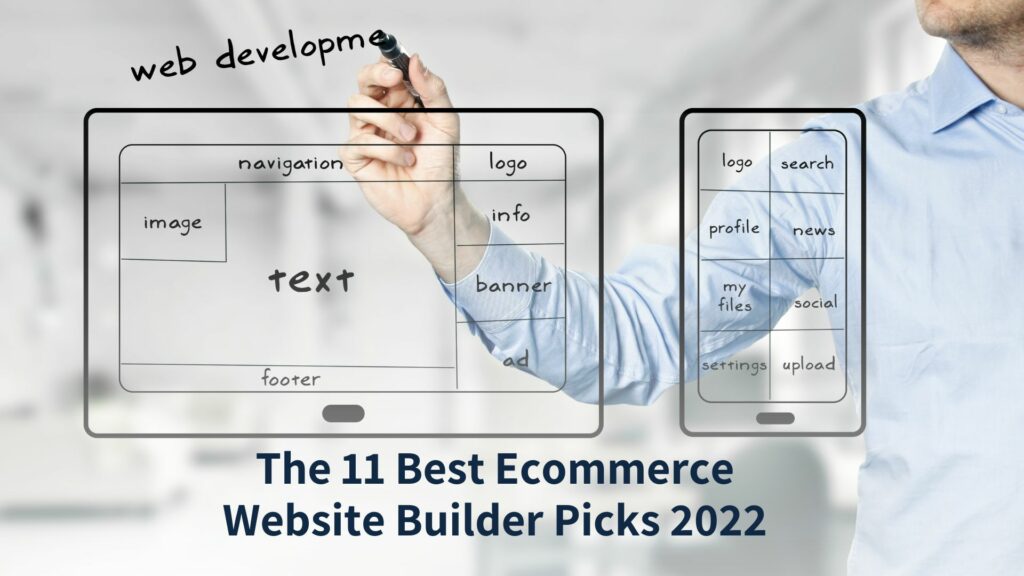
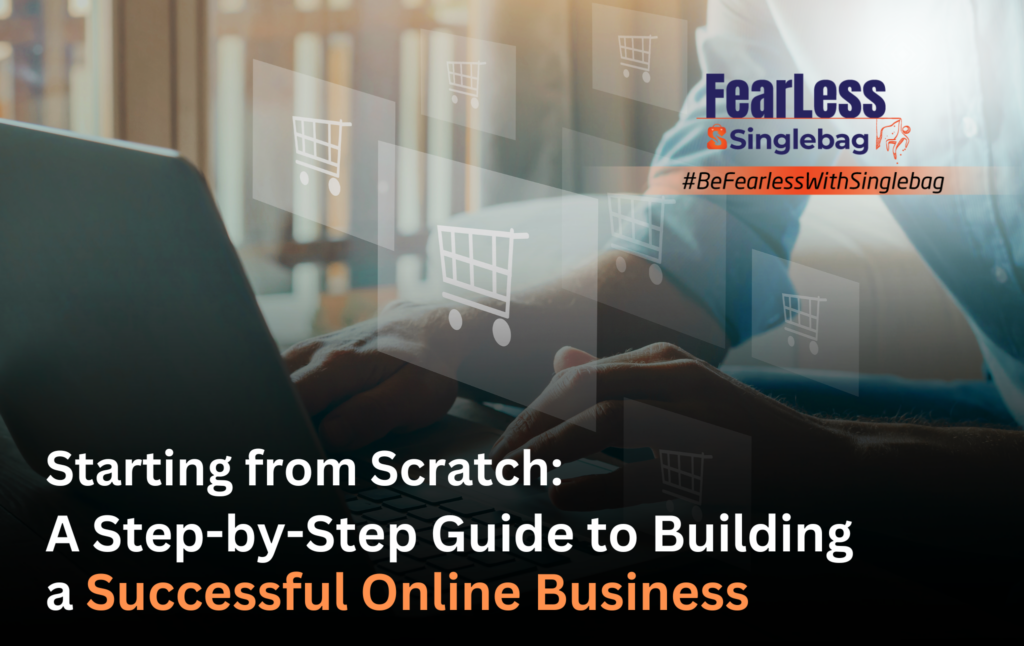
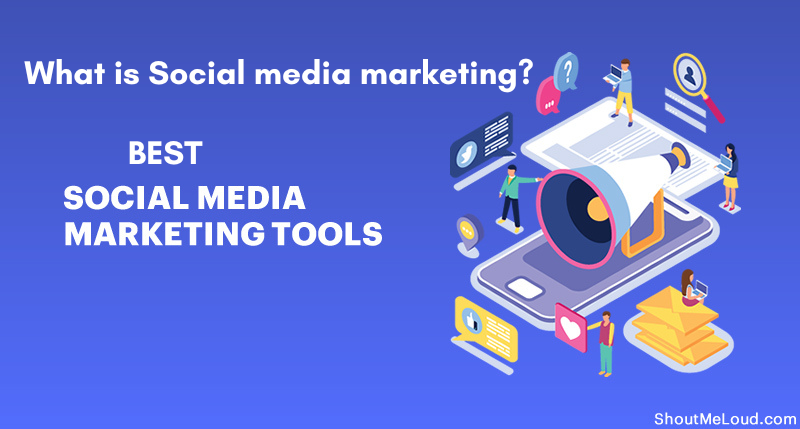
Responses